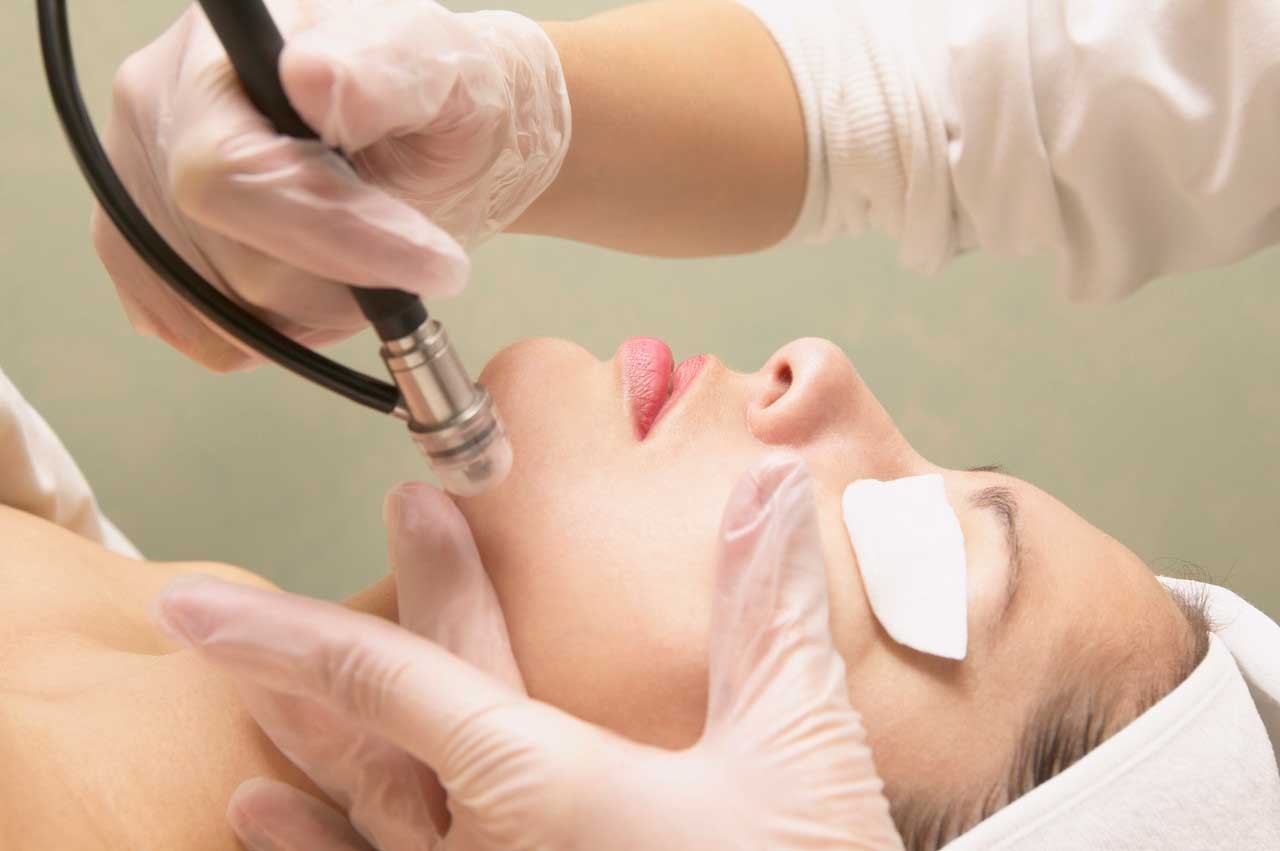The Benefits and Risks of Laser Treatments

If you go to a medical spa for laser treatments for hair removal or tattoo removal and other skin remedies, be sure you get an experienced provider. Here’s what you should know.
Medical spas offering laser therapy began popping up in the 1990s, just after cosmetic lasers won approval by the Food and Drug Administration. It’s easy to find promotional offers from these medspas or on discount sites — making promises of clear skin or permanent hair removal even more tempting.
Are these services worth it? What are the risks? And how do you evaluate a reliable provider?
First, it’s true: According to the American Academy of Dermatology Association, laser technology can remove tattoos and permanent makeup and make age spots, stretchmarks, birthmarks, and mild-to-moderate scars less visible. It can minimize wrinkles and spider veins. It also can remove hair — although you’ll probably need maintenance treatments.
As with any treatment, realistic expectations and a good provider are important. You also need to understand the risks to decide whether the benefits outweigh them.
YOU MIGHT ALSO LIKE: Can You Get Rid of Your Gray Hair?
Who can you trust?
You can get laser procedures performed at a dermatologist’s office, but, since insurance usually doesn’t cover cosmetic treatment, it can be expensive. Medspas may have supervising physicians, and some are owned and operated by doctors — although you’re likely to be treated by a technician.
Wherever you go, be sure the person who treats you has extensive experience, says Hathai Lue, a laser technician and the manager of Sky Skin Center, a medspa in Saugus, Mass.
Lue, a trained nurse who has performed laser therapy for more than 15 years, works with a plastic surgeon, the spa’s medical director. But she regards experience as more important than credentials. That means experience specifically with lasers for your goal and for your skin tone.
“If the technician has been treating a variety of clients, not just light-skin-toned people — every skin type, from light to darker skin tones — that will deliver better results,” Lue says.
Ask for photos or recommendations from other clients with similar skin tones. Then, to be extra safe, ask for a test application in a small, inconspicuous area. Wait two to three days for any reaction, then go ahead with more extensive treatment only if you’re happy with the results.
Another important way to vet a potential spa: Check reviews on websites like Citysearch or Yelp. Look for many reviews as well as enthusiasm.
Hair removal
“The procedure itself is very safe if it’s performed by an experienced technician,” Lue says.
Most people report that it’s less painful than waxing. You’ll probably need two to six treatments spread out over a month or two, depending upon the location on your body. Don’t be surprised if you need touch-ups later on.
Laser hair removal is most effective for people with light skin and dark hair.
A reputable spa should always be honest about the potential benefits and risks of treatment. Lasers don’t work well with blond or gray hair.
Kourtnii Koontz, director of operations at Skin Spa New York, a laser-focused spa in Manhattan, has had her own blond hair removed, but other spas won’t attempt it.
At a first visit, the spa should explain what the therapy will feel like, how the laser works, and what you should do to care for your skin before and after treatment. The experience may not be relaxing. Expect “a little bit of discomfort,” Lue says. At her spa, technicians start with the lowest setting to minimize discomfort.
At the next visit, you may need a different setting to get results. Aloe vera gel or hydrocortisone cream after laser hair removal can ease discomfort, which should subside after a few hours.
Be honest with the spa. If you’ve been tanning, it’s dangerous to undergo laser therapy, since lasers target the melanin (or pigment) in skin.
“It’s like getting a double dose of sun exposure,” Koontz says. Don’t try to hide tanning: Be safe and reschedule for well after your tan fades. After treatment, you’ll also want to use sunscreen on treated areas religiously for at least two weeks.
Some lasers will harm tanned, olive, or darker skin tones, causing hypo- or hyper-pigmentation (areas of lighter or darker skin) — and even scarring.
Removing a tattoo
Although the treatment itself takes only minutes, you may need between two and 12 visits to remove a tattoo. You’ll need to wear a bandage over the area, keep the wound clean, and allow a scab to form. You do run a risk of scarring, infection, allergic reactions, bleeding, nerve damage, and changes in skin color.
Minimizing wrinkles
A medspa might advertise “photorejuvenation,” another name for laser treatments to make your skin look younger.
Again, you’ll probably need multiple treatments and will wear a bandage afterwards. Swelling, redness and itching are normal for up to a week while the top layer of skin begins to peel.
Your skin should be healed in a month. It takes up to three months to lose any redness and see smoother skin.
The risks include light or dark spots, burns, and infection.
Other treatments
Medspas have moved far beyond facials, offering Botox, filler injections, and chemical peels, along with laser treatments. It’s easy to get excited about enhancing your appearance or a discounted package deal and sign on for a variety of procedures.
Can your budget handle that much? The best strategy is to decide in advance that you’ll wait before going back for something else.”
The bottom line: Don’t take chances. Work only with an experienced practitioner who takes the time to answer your questions and shows they clearly understand the risks and benefits involved.
Updated:
February 08, 2023
Reviewed By:
Christopher Nystuen, MD, MBA